Surprising Stories: Fragile Flowers: Redouté, Prints and Porcelains

Rosa Gallica Pontiana and Rosa Centifolia Foliacea by Pierre-Joseph Redouté
For most of Spring 2020 many of us have missed being able to see, touch and smell beautiful flowers up close. We can look wistfully beyond closed garden gates to try to catch a glimpse of blooms or instead settle for virtual bouquets. Long before Instagram, many artists attempted to capture the ephemeral beauty of flowers, however, few succeeded as well as Pierre-Joseph Redouté. Often called the “Raphael of flower painters,” the Belgian artist is still admired to this day as an international master of botanical illustration. Working for kings, queens, empresses and princesses, Redouté produced over 5,000 prints during his lifetime, but his recordings of Empress Joséphine’s flowers at the Château de Malmaison stand out as the most enchanting. This week’s Surprising Story looks at a lesser known aspect of Redoute’s work: his prints which inspired a rare and magnificent porcelain service dedicated to the Empress Joséphine.

Crown Imperial. Fritillaria imperialis var. jaune and Belladonna Lily by Pierre-Joseph Redouté
Recruited to illustrate rare species at the royal botanical gardens, Redouté carried on painting during the French Revolution and went on to work for Empress Joséphine and after her death many other illustrious patrons. Redouté’s talent derived from his capacity not only to provide precise scientific information, but also to capture the flower at its fullest bloom, endowing it with an almost three-dimensional vitality that was unique at this time. When he could, he drew in royal and imperial gardens or with recently cut flowers in his studio. In the above engraving of the Rosa Centifolia Foliacea, we can see how Redouté transformed botanical illustration into art.
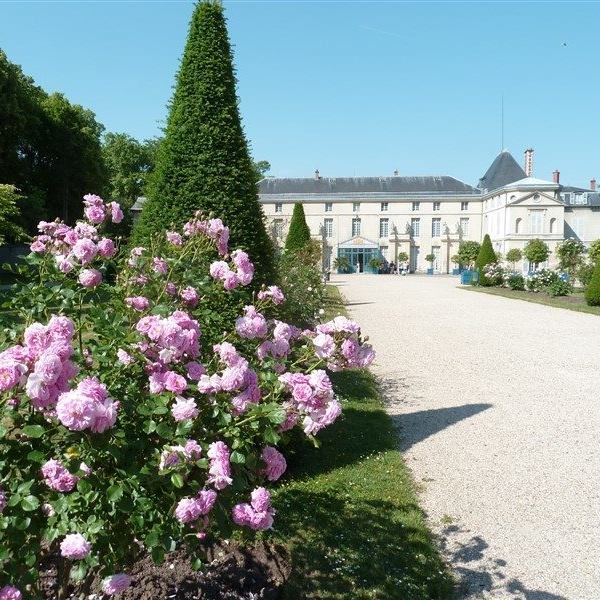
Jardin de Malmaison / Facebook
Although better known today for his illustration of Roses, Redouté published 486 engravings of amaryllis, orchids, and irises called Les Liliaceae, in eight volumes from 1802 to 1816 that are considered masterpieces of botanical illustration. Redouté hoped his prints would appeal not only to botanists, who had difficulties capturing the details of these flowers in bloom, but also to “simple amateurs” who “without wanting to learn about sciences, are curious to learn about the character and history of these plants.” Redouté’s prints were so visually alluring that they evoked tactile and olfactory memories. These qualities made his prints the perfect subject for luxury dinner plates, connecting flowers and fruits to appetites.
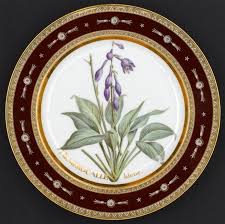
Assiette aux armes de impériales, Musée de la maison Bonaparte
In 1802, the new director of the French porcelain manufacture at Sèvres, Alexandre Brongniart, decided to launch a botanical service inspired by Redouté’s engravings. The flowers were depicted on a white ground and the botanical nomenclature inscribed in gold was bordered by a red-brown frieze and edged with gold. The first twelve plates were completed in 1802 and another fourteen were created in 1803. The following year Redouté sold a collection of drawings to the Sèvres Manufacture which were transformed onto plates, including images of the plants recorded in the folio edition of the Jardins de Malmaison. The service eventually included 80 pieces.
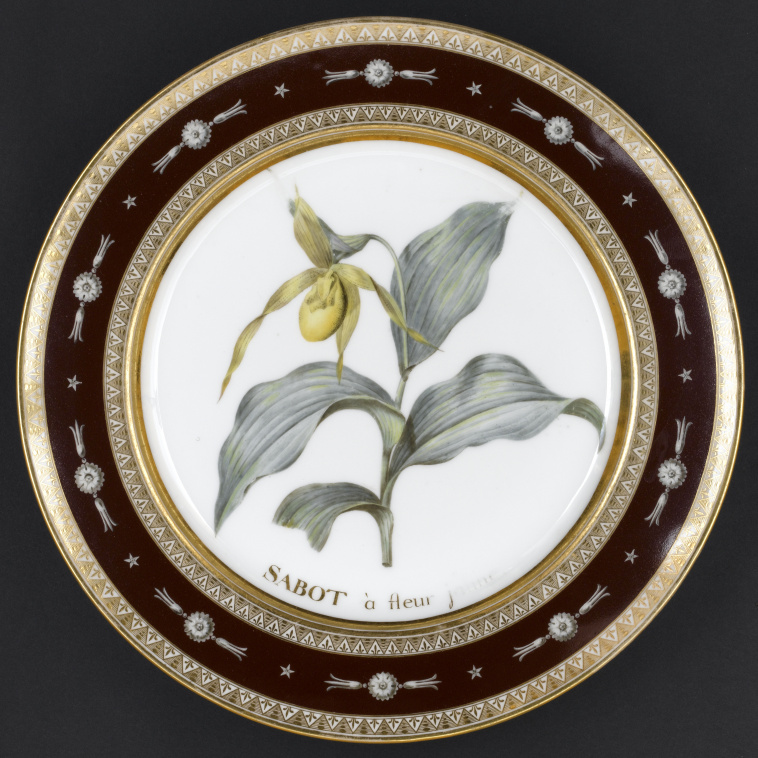
Musées nationaux de Malmaison
Service aux Liliacées de l’Imperatrice Joséphine: sabot à fleurs
It is tempting to imagine Joséphine serving tea, from her conservatory at Malmaison, on plates that recorded plants she herself was growing in her garden. The service became a virtuous circle of nature transformed into artifice, a sensorial immersion where foods served on exquisitely crafted plates glorified her garden. In 1806 Joséphine sent the service as a wedding gift to Stephanie de Beauharnais (1789-1860), her second cousin who Napoleon had adopted and then arranged to marry German prince Karl Ludwig Fredrich, grand heritier de Bade.
Although it seems ungenerous to send castoff plates as a wedding gift, in fact Joséphine’s exported the prestige of Malmaison beyond France to a European court. The dessert porcelain service, therefore, was a luxuriously unique and fragile commodity that served to enhance Joséphine’s expertise as a botanical connoisseur and garden patron. Today, decorative plates often reproduce botanical illustrations, thanks to Joséphine’s example and Redouté’s talents.
The Manufacture de Sèvres is still active and is also home to a porcelain museum. This can be visited with us on a custom excursion to the Manufacture. We also delve deeply into Joséphine’s and her connections to gardens during our excursion to the Château de Malmaison. Contact us here to learn more.
Reference: Le Pouvoir des fleurs: Pierre-Joseph Redouté (1759-1840), Exhibition Catalogue, Musée de la Vie Romantique, Paris, 2017.

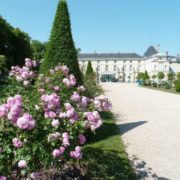
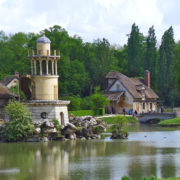


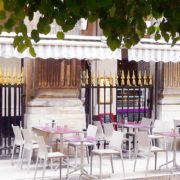

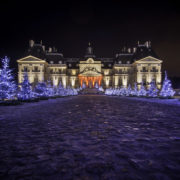


Leave a Reply
Want to join the discussion?Feel free to contribute!